Vacant Chevron Plaza tower in downtown Calgary set to become 332 rental units
Developers Strategic Group acquired 25-storey building, empty since last year
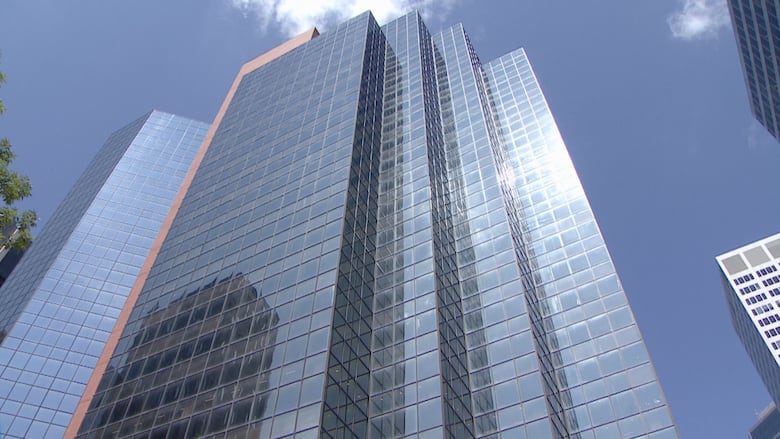
A 25-storey building that used to be the head office of the oil and gas company Chevron will soon be converted into 332 residential units.
Developers Strategic Group have officially acquired Chevron Plaza, located at 500 5th Ave. S.W., to add to Calgary's growing list of office-to-residential conversion projects.
CEO Riaz Mamdani says construction on the building, which has been vacant since 2024, is slated to begin later this year. It will be ready for tenants to move into in 2027.
"It's such a fantastic location. Its walkability score, its bike score are indicia that make it a phenomenal location," said Mamdani, who added the building's connection to the Plus-15 network and proximity to the CTrain and river as advantages.
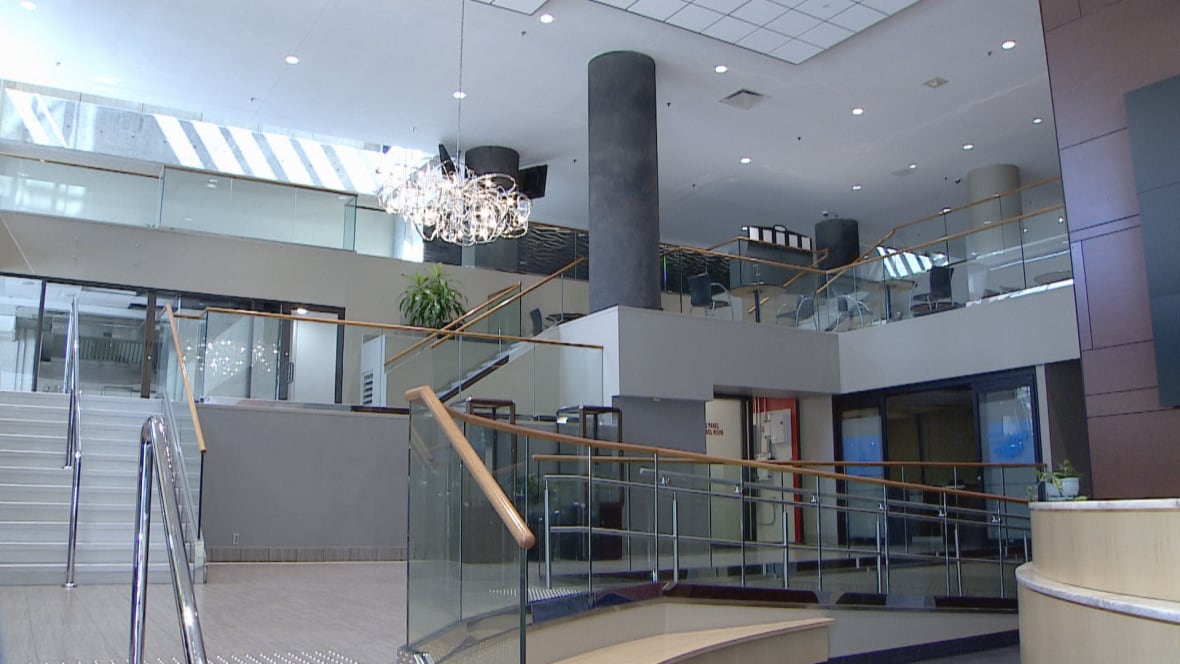
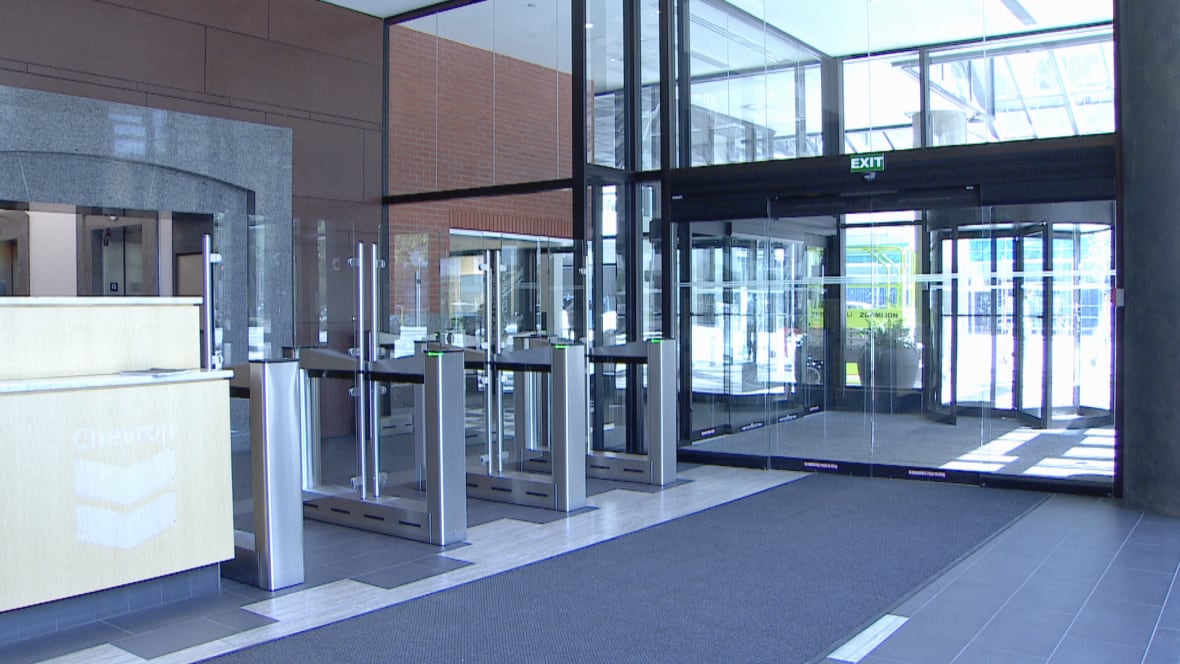
The company is no stranger to these projects. It's completed six of them so far — including Calgary's first-ever office-to-residential conversion — and Mamdani said they have a total of eight others to tackle over the next 18 months.
They're the developers behind the as-yet uncompleted conversion of the historic Barron Building.
"It gives us a feeling of pride that we were able to create a place for people to live where the building would otherwise have been vacant, and vacant for years," he said.
The target market for this building, according to Mamdani, is everyday people — "not just executives" — who work downtown and want to live there, too.
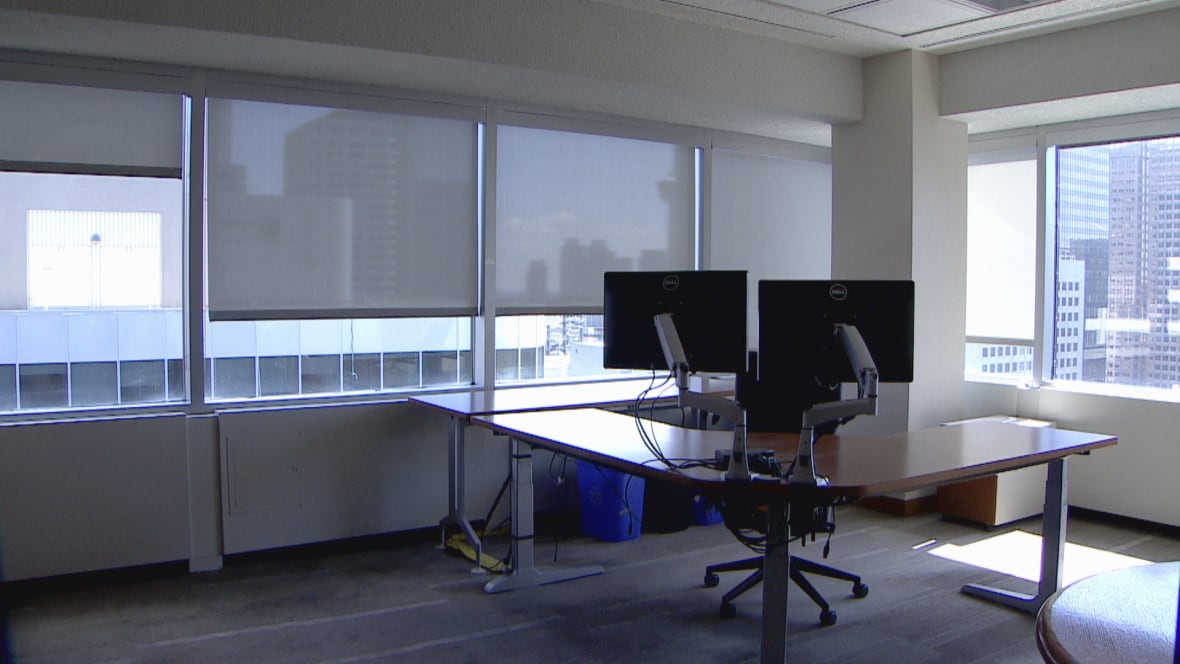
Monthly rental rates will range from $1,700 to $2,800, he said.
'A step in the right direction'
Strategic Group didn't apply for a municipal grant for this project. But the City of Calgary is helping fund 21 other office conversion projects through its incentive program.
Those include conversions to residential, hotels and hostels.
According to a city spokesperson, three city-supported projects have been completed so far and at least four more are expected to wrap this year.
"Calgary needs more homes in all shapes and sizes to improve supply, support growing demand, and increase affordability," said spokesperson Melinda Paplawski.
"The downtown incentive programs are currently supporting the creation of a wide variety of housing options for Calgarians with projects offering various building amenities and a range of unit types, from compact studio and one-bedroom units to family-friendly multi-bedroom and pet-friendly suites."
Sasha Tsenkova, a professor at the University of Calgary's School of Architecture, Planning and Landscape, applauded the city's early approach to office-to-residential conversions — at least compared to other Canadian cities.
But she said it isn't the ultimate solution to Calgary's housing woes.
"If it's going to make a big difference in terms of solving the housing crisis and the affordability crisis in Calgary — hard to say. It's just a step in the right direction," said Tsenkova.
"What's more important in this context is that we set it up as a model for adaptive reuse of the built environment and recycling of what we have, as opposed to demolishing and building new."
She said office conversions have been a key part of rebuilding large cities like Berlin, New York, London and Adelaide.
And more specifically to Calgary's case, she said this is an important attempt to bring more life into the quiet downtown where the vacancy rate stubbornly remains in the double digits.
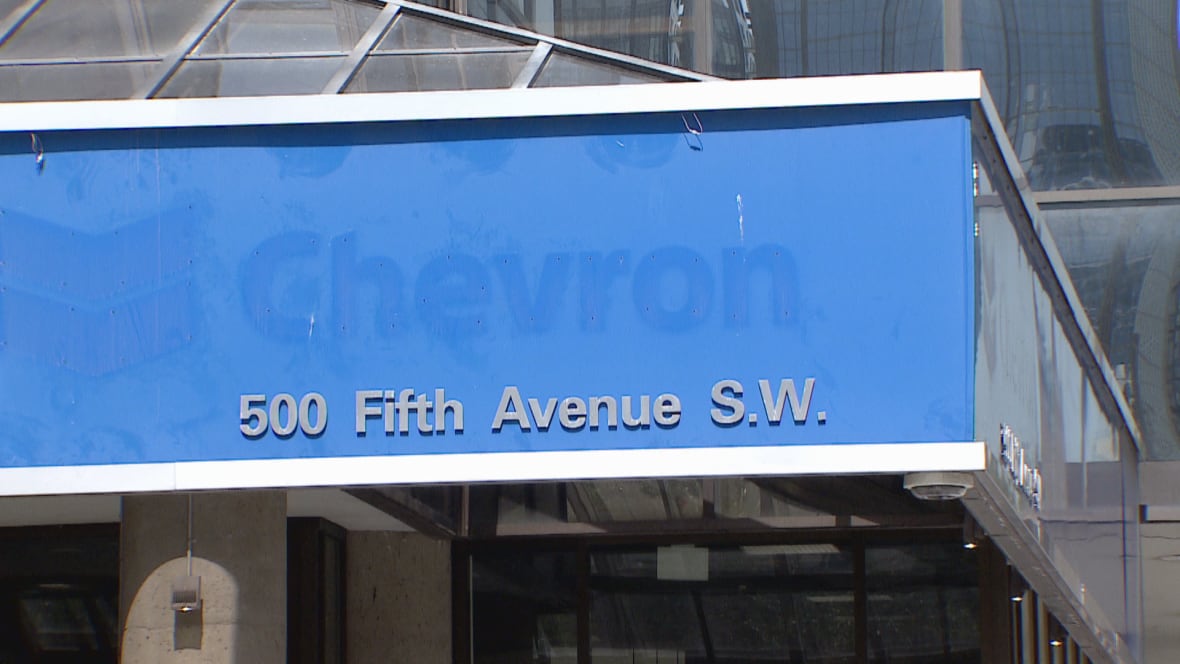
Tsenkova said she's noticed many conversions include affordable units. And while affordable housing is certainly needed in Calgary to tackle the housing crisis, she warns against the over-concentration of affordable housing in one small area like downtown.
She cites historic examples in Canadian city centres where such concentrations led to unintended outcomes like poverty concentration and stigma. It's why she wants to see a more intentional mix of various types of housing in the core.
"It's important that it's carefully curated from the start, so the success that ends up manifesting itself five, 10, 25 years down the road is really much more likely."